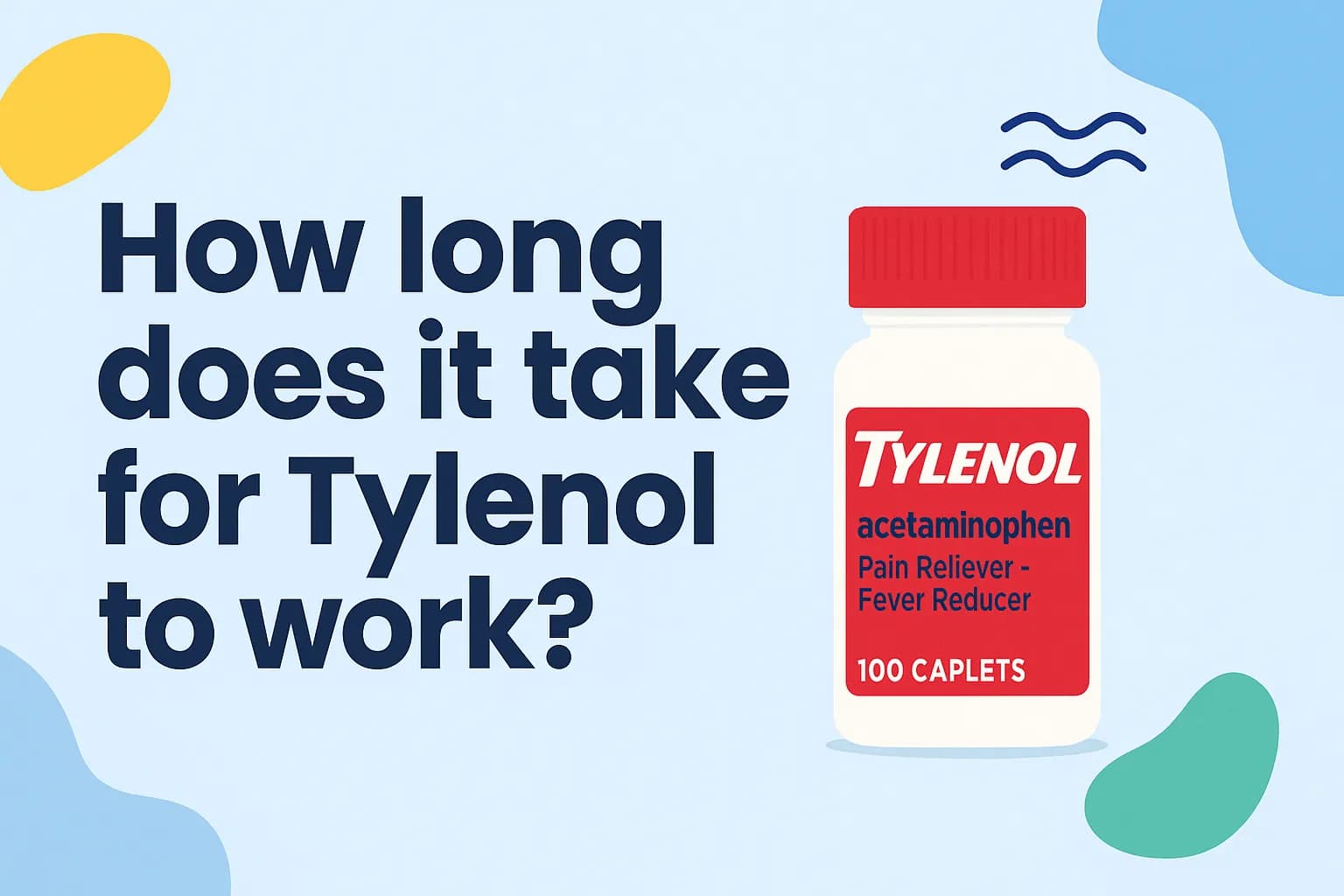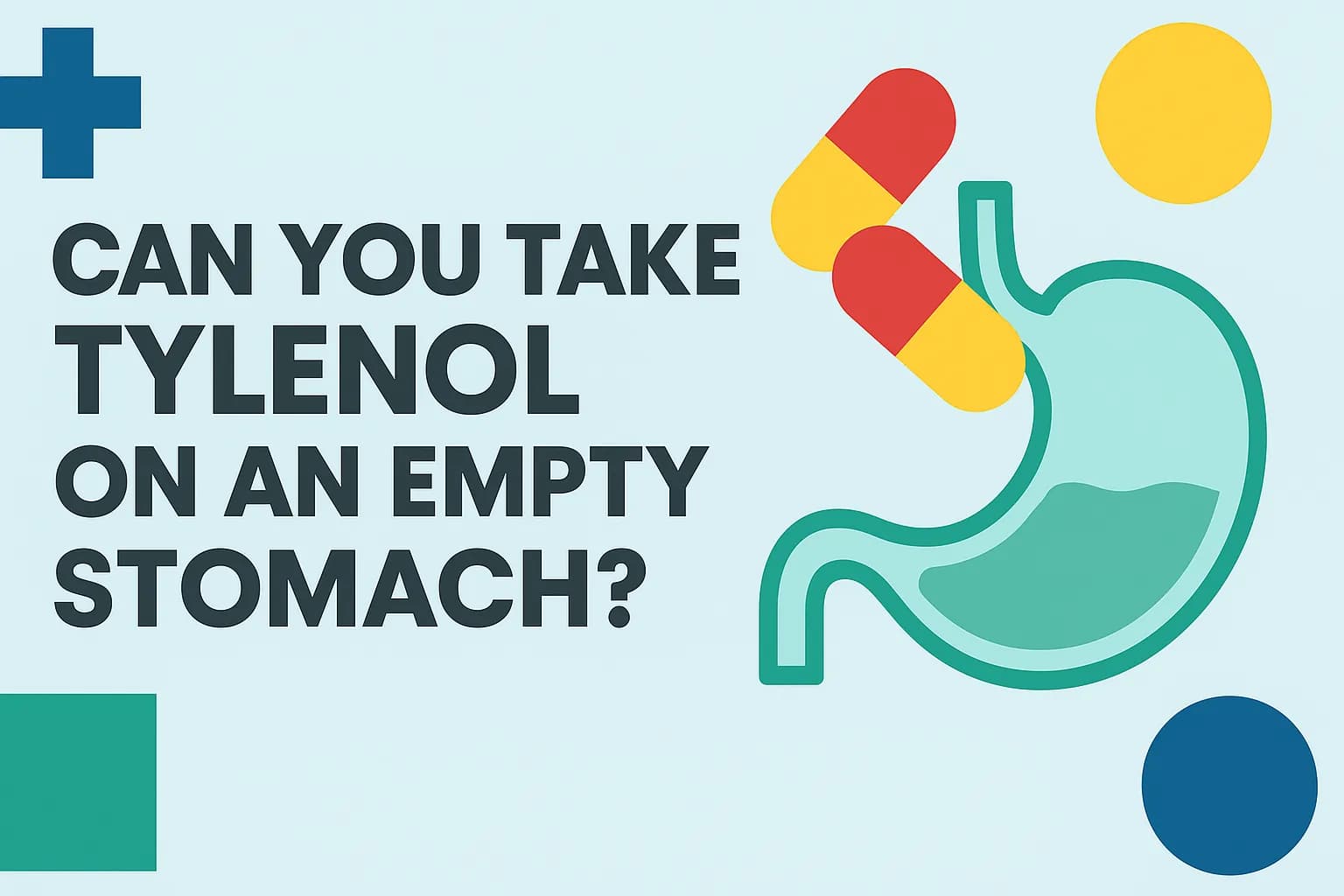Osteoarthritis
Osteoarthritis (OA) is the most common form of arthritis, affecting millions worldwide. It develops when the cartilage that cushions joint surfaces gradually wears away. As cartilage thins, bones can rub together and form bony growths, leading to pain, swelling, stiffness, and reduced range of motion. While any joint may be involved, OA most often strikes the knees, hands, hips, neck, and lower back.
The risk of OA increases with age, but younger individuals may develop it after joint injury, obesity, or due to genetic predisposition. Although there is no cure, treatments aim to relieve symptoms and preserve joint function.
Causes and Risk Factors
- Age: Natural wear and tear on joint cartilage over time
- Joint injury or overuse: Fractures, ligament tears, repetitive stress
- Obesity: Extra weight increases joint load and releases inflammatory proteins
- Genetics: Family history raises susceptibility
- Bone deformities: Congenital joint malformations or defective cartilage
- Health conditions: Diabetes, high cholesterol
- Sex: Women, especially after age 50, are more commonly affected
Symptoms
- Pain during or after joint use
- Morning stiffness or stiffness after inactivity
- Tenderness when pressing around the joint
- Loss of flexibility and reduced range of motion
- Grating sensation, and audible crackling with movement
- Bone spurs—hard lumps around the joint
- Swelling from inflammation of joint lining
Symptoms often develop gradually and may worsen with activity or stress on the joint.
Diagnosis
A healthcare provider will use:
- Medical history: Review of symptoms, injuries, family history
- Physical examination: Assessment of tenderness, swelling, range of motion, joint sounds
- Imaging tests:
- X-rays to identify joint space narrowing and bone spurs
- MRI for detailed views of bone and cartilage when needed
- Lab tests:
- Blood tests to exclude other arthritis types (for example, rheumatoid arthritis)
- Joint fluid analysis to rule out infection or crystal arthritis
Treatment
Lifestyle Modifications
- Exercise: Low-impact activities (walking, swimming, cycling) to strengthen muscles and improve flexibility
- Weight management: Reducing body weight lessens stress on joints
- Heat and cold therapy: Warm packs or cold compresses to ease pain and stiffness
Therapies
- Physical therapy: Customized exercises to support joint function
- Occupational therapy: Techniques and tools to perform daily tasks with less joint strain
Medications
- Pain relievers: Acetaminophen or topical nonsteroidal anti-inflammatory drugs (NSAIDs)
- Oral NSAIDs: Ibuprofen, naproxen for more severe pain (under medical supervision)
- Corticosteroid injections: Temporary relief of inflammation and pain
- Counterirritants: Creams or patches with menthol, lidocaine, or capsaicin
- Other options: Duloxetine, pregabalin for chronic joint pain
Procedures and Surgery
- Hyaluronic acid injections for joint lubrication
- Osteotomy: Bone realignment to shift weight away from damaged cartilage
- Arthroplasty (joint replacement) for severely damaged joints
Alternative Therapies
- Acupuncture
- Tai chi and yoga for gentle movement
- Supplements such as glucosamine and chondroitin (evidence varies)
Sources
- National Institute of Arthritis and Musculoskeletal and Skin Diseases
- American College of Rheumatology
- Arthritis Foundation
- Centers for Disease Control and Prevention







